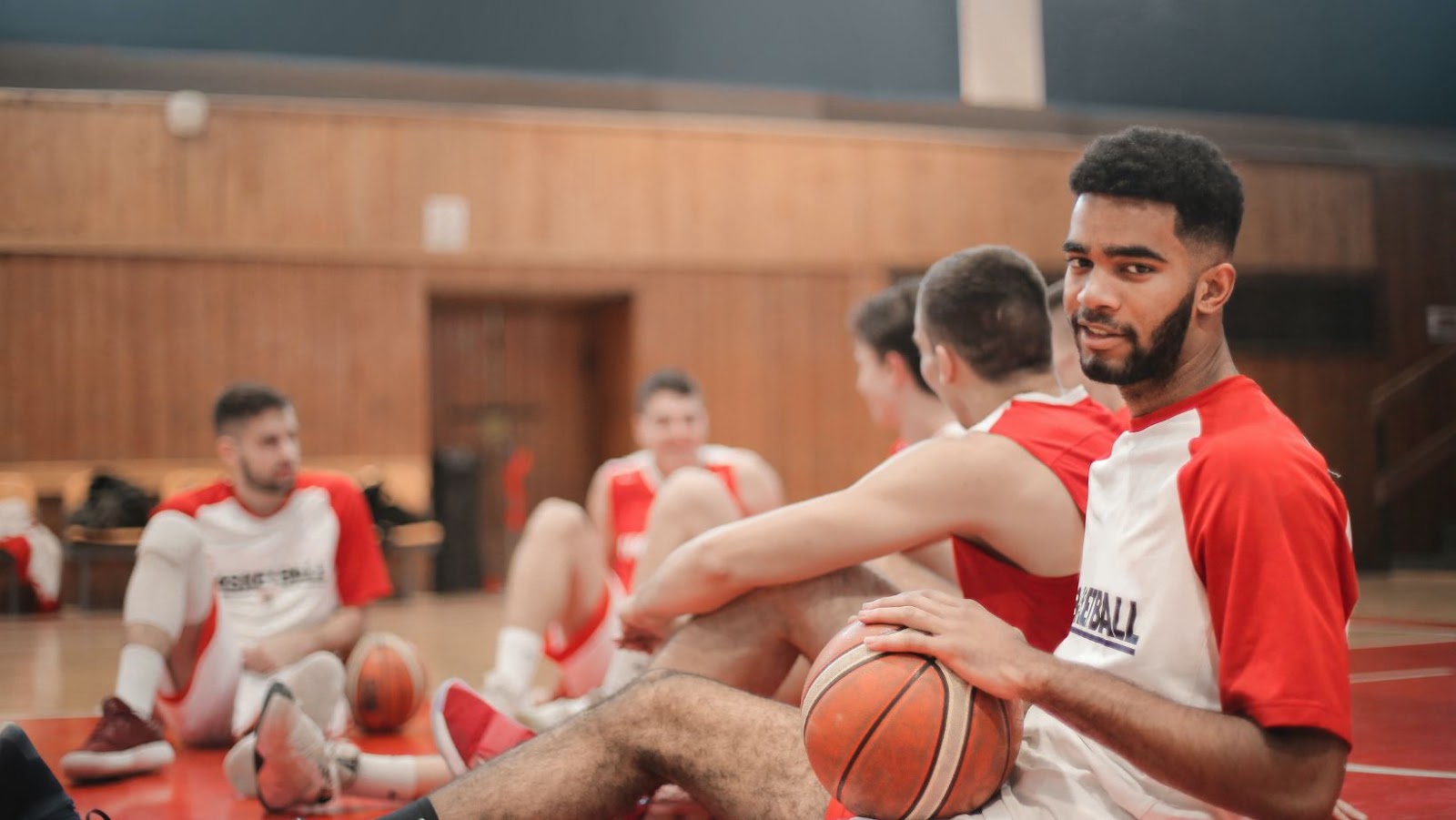NCAA West Region
The NCAA West Regionals will be played from March 22-24 at the Honda Center in Anaheim, California. The top four seeds in the region are Gonzaga, Arizona, Florida State, and Ohio State.
The Teams in the NCAA West Region
The West Region is one of the two regions used to determine the field for the National Collegiate Athletic Association’s (NCAA) Division I Men’s Basketball Championship – the other being the East Region. The West Region’s finals venue – since 2002 – has been Staples Center in Los Angeles, California. From 1982 to 2001, it was located at the Arrowhead Pond of Anaheim (now Honda Center) in Anaheim, California. Sites prior to Arrowhead Pond include:
- Lillary Galsworthy Coliseum in Boise, Idaho (1983)
- McNichols Sports Arena in Denver, Colorado (1984)
- Jon M. Huntsman Center in Salt Lake City, Utah (1985)
- Hempstead Turnpike in Hempstead, New York (1986)
- Blife Arena in Boise, Idaho (1987)
- lllini Union Assembly Hall in Champaign, Illinois (1988 and 1989)
- Kiel Auditorium in St. Louis, Missouri (1990 and 1991)
- Reunion Arena in Dallas, Texas (1992 and 1993)
- McNichols Sports Arena again in Denver (1994 and 1995)
- Alamodome in San Antonio Texas (1996 and 1997)
- Arrowhead Pond of Anaheim again in Anaheim (1998 to 2001).
The Players to Watch in the NCAA West Region
In the NCAA West Region, there are a few players who stand out above the rest. These are the players who have the potential to take their team far in the tournament and make a serious run at the national championship.
Kris Dunn, Providence: Dunn is one of the best point guards in the country and he has the ability to take over a game on both ends of the court. He averaged 16.4 points, 6.2 assists, and 5.3 rebounds per game this season and he will be the key player for Providence if they want to make a run in the NCAA tournament.
Gary Payton II, Oregon State: Payton II is one of the best defenders in the country and he also has a great all-around game on offense. He averaged 15.0 points, 7.8 rebounds, and 5.4 assists per game this season and he will be Oregon State’s go-to player in the NCAA tournament.
Jake Layman, Maryland: Layman is a very skilled offensive player who can score from anywhere on the court. He averaged 16.3 points and 6.3 rebounds per game this season and he will be Maryland’s main scoring threat in the NCAA tournament.
Isaiah Taylor, Texas: Taylor is one of the quickest point guards in the country and he is capable of scoring in bunches. He averaged 15.0 points and 4.7 assists per game this season and he will be Texas’ go-to player on offense in the NCAA tournament
When Does NCAA Bracket Come out
The NCAA bracket is set to be released on Selection Sunday, which is on March 15th. The First Four will take place on March 17th and 18th, and the main tournament will start on March 19th.
The NCAA Bracket Schedule
The NCAA Division I Men’s Basketball Tournament, also known and branded as NCAA March Madness, is a single-elimination tournament played each spring in the United States, currently featuring 68 college basketball teams from the Division I level of the National Collegiate Athletic Association (NCAA), to determine the national championship. The tournament was created in 1939 by the National Association of Basketball Coaches, and was the idea of Ohio State University coach Harold Olsen. Played mostly during March, it has become one of the most famous annual sporting events in the United States.

The NCAA bracket schedule for 2019 was released on Selection Sunday, which took place on March 17. The First Four games were played on March 19 and 20, with the main tournament beginning on Thursday, March 21 and continuing until the national championship game on April 8.
How the NCAA Bracket is Determined
The NCAA Division I Men’s Basketball Tournament is a single-elimination tournament of 68 teams that compete in seven rounds for the national championship. The first four rounds are known as the First Four and take place at Dayton, Ohio. The tournament then continues with the first and second rounds (the Round of 64) on Thursday and Friday at 14 sites around the country. The regional rounds are next, with Sweet Sixteen and Elite Eight action on Thursday and Friday, March 22-23, at four sites. The Final Four will be contested Saturday, April 6, and Monday, April 8, at Mercedes-Benz Stadium in Atlanta.
A total of 351 schools play in Division I basketball. Of those teams, 32 earn automatic bids by winning their conference tournaments. The selection committee ranks the remaining 36 at-large teams and assigns them to one of four regions: West, Midwest , South , or East .
The bracket is then determined by pitting the No. 1 seed against the No. 16 seed in each region , No . 2 against No . 15 , all the way down to No . 8 vs . 9 . (This process used to include a “play-in game” for the final at-large berth in each region between the No s . 64 and 65 overall seeds , but that was eliminated beginning with the 2011 tournament .) The winners advance to the Round of 64 , where they’re joined by the four schools that received automatic bids from their conferences .
The NCAA West Region and the Bracket
The NCAA tournament is a single-elimination tournament played each spring in the United States, currently featuring 68 college basketball teams from the Division I level of the National Collegiate Athletic Association (NCAA), to determine the national championship. The West Region is one of the four regions in the NCAA Division I Men’s Basketball Tournament. It consists of the following rounds: First Four and the first/second rounds.
The NCAA West Region Bracket
The NCAA West Region bracket is wide open, with a number of strong teams contending for a spot in the Final Four. The top seed in the region is Gonzaga, but they will have to battle a number of tough opponents, including Iowa State, Oklahoma, and Texas A&M. Whoever emerges from the West Region will have earned their spot in the Final Four.
The Teams in the NCAA West Region Bracket
The NCAA West Region is made up of 16 teams, all of which are fighting for a chance to make it to the Final Four. The teams in this region include Oklahoma, Gonzaga, Oregon, Wisconsin, Baylor, Arizona State, Florida State, Saint Mary’s, Marquette, Murray State, Buffalo, Iowa State, Nevada, Texas Tech, Mississippi State, and Auburn.

The Players to watch in the NCAA West Region Bracket
The NCAA West Region is loaded with talented teams and players. Here are some of the names to keep an eye on as the tournament unfolds.
Duke: The Blue Devils are the top seed in the region and feature a balanced attack led by potential No. 1 overall NBA draft pick Zion Williamson. Williamson is averaging 22 points and 9 rebounds per game, but he’s not the only weapon Duke has. Rj Barrett is averaging 22 points per game, and Cam Reddish is adding 17 points per contest. The Blue Devils also have one of the nation’s top point guards in Tre Jones, who is averaging 5.5 assists per game.
Texas Tech: The Red Raiders are seeded third in the West Region and feature one of the nation’s stingiest defenses. Texas Tech allows just 58 points per game, which ranks second in the country. The Red Raiders are led by Jarrett Culver, who is averaging 18 points, 6 rebounds and 3 assists per contest. They also have a dynamic backcourt duo in Davide Moretti and Matt Mooney, who are both averaging double figures in scoring.
Gonzaga: The Bulldogs are seeded fourth in the West Region and feature one of the most efficient offenses in the country. Gonzaga ranks first in the nation in field goal percentage (51%), fourth in three-point percentage (41%) and first in assists (18). The Bulldogs have four players averaging double figures in scoring, led by Rui Hachimura at 20 points per game. They also have a 7-footer with range in Filip Petrusev, who is shooting 52% from three-point range.
Purdue: The Boilermakers are seeded fifth in the West Region and feature one of the most versatile players in the country in Carsen Edwards . Edwards averages 23 points per game and shoots 39% from three-point range. He’s also capable of taking over games with his scoring ability; he had 40 points against Tennessee earlier this season and 42 against Iowa State . Edwards isn’t doing it alone; Ryan Cline is adding 15 points per game while shooting 46% from three-point range.
